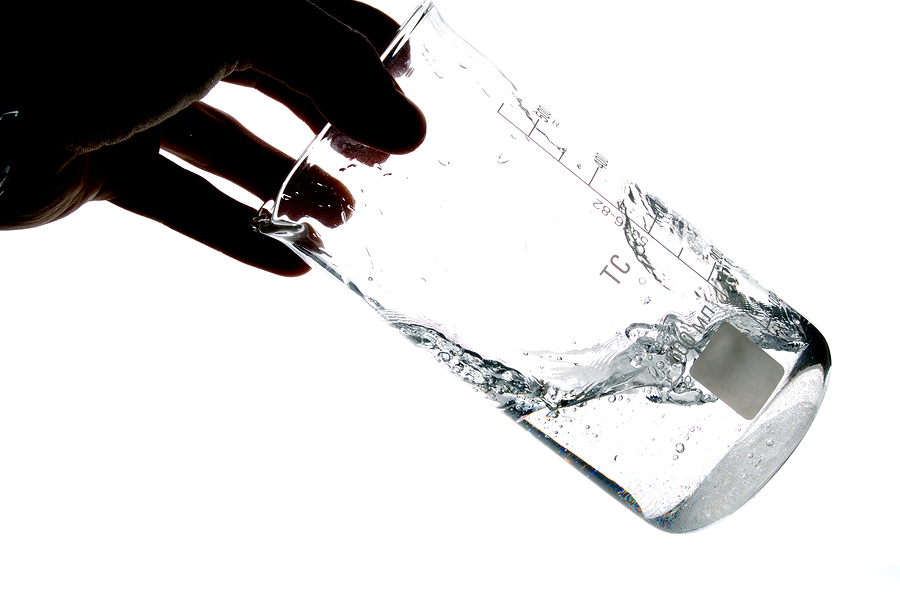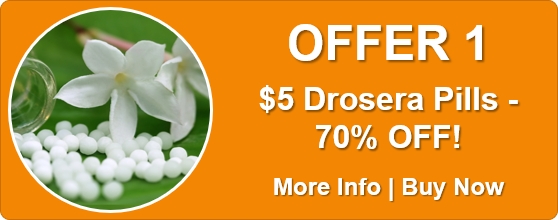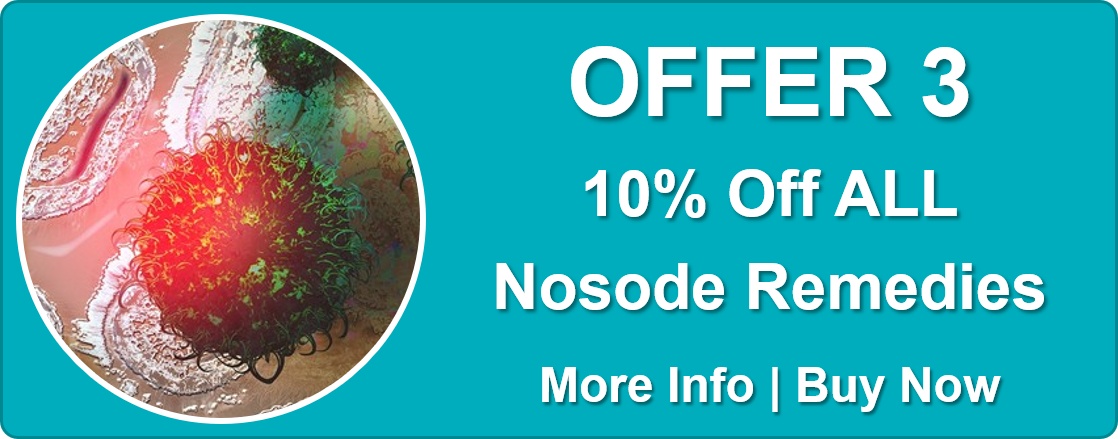Potentisation – What is It?
Today, homeopathic medicines are dispensed as as highly dilute, energetic medicines (remedies) free of toxic side-effects associated with their chemical counterparts.
However, it hasn’t always been this way.
In the early days of development, homeopathy was practiced in material doses with the same potential to harm as other medicines.
For example, mercury preparations had been recognised for centuries as a successful treatment for syphilis but sufferers unfortunately ran the risk of mercury-poisoning from their treatment.
As ‘like-treats-like’ was still the basis of all homeopathic treatment, it was hoped cure would take place before side-effects from crude toxic substances like mercury, made treatment intolerable. Often it did.
Even so, Hahnemann always searched for ways to make treatment less dangerous. His search led to the discovery of potentisation and that changed everything.
Potentisation Discovered
Hahnemann, concerned about the toxic effect of mercury and other substances, started to reduce the amounts of medicine given.
This certainly reduced the dangers of treatment but also reduced the therapeutic effect of each medicine.
Stories abound as to how Hahnemann stumbled across the process of potentisation. They range from already diluted remedies being bounced in the back of carriages and saddle-bags to Hahnemann pounding one in frustration on his black covered Bible as he tried to work out how to reduce its toxicity.
Whatever the truth, Hahnemann discovered that a remedy prepared by a simple series of dilutions interspersed with vigorous agitations produced an extremely powerful yet safe medicine. Potentisation was born.
The Process
As described, the process of potentisation involves the repeated dilution and jarring shaking (succussion) of a substance to remove its toxic effects.
In the process, healing effects are amplified.
If the substance is insoluble (such as a metal) it will be ground (triturated) with lactose in the early stages until it reaches the point at which it can be dissolved.
As Hahnemann found, dilution without succussion does not make a medicine; both stages of the process are needed: Dilution reduces toxicity while succussion releases the dormant therapeutic energy of of the substance being potentised. Exactly how this happens is still not fully understood.
Making a homeopathic remedy is as simple as dissolving a substance in a liquid, succussing it (shaking it with a pounding action against the palm of your hand or a leather covered book), diluting it further, succussing, diluting again, succussing, and so on. What is truly amazing is that these stages, even if repeated tens of thousands of times, produce a highly active and curative remedy.
How Does Potentisation Work?
The nature of potentisation is the mystery of Homeopathy. What is understood is that the potentisation process imprints energetic information from the original substance onto the diluting liquid during the stages of succussion.
This liquid is then prescribed according to the Law of Similars as either drops or medicated pills to the unwell person. The remedy then carries the energetic information of the original substance into the body to trigger a healing response from the Vital Force that moves the person back to a state of health.
Though the effects of potentised substances have been scientifically demonstrated for decades on plants, animals and humans, physicists are still exploring how they take place.
In the meantime, those who use homeopathy continue the reap the benefits that potentisation brings.








